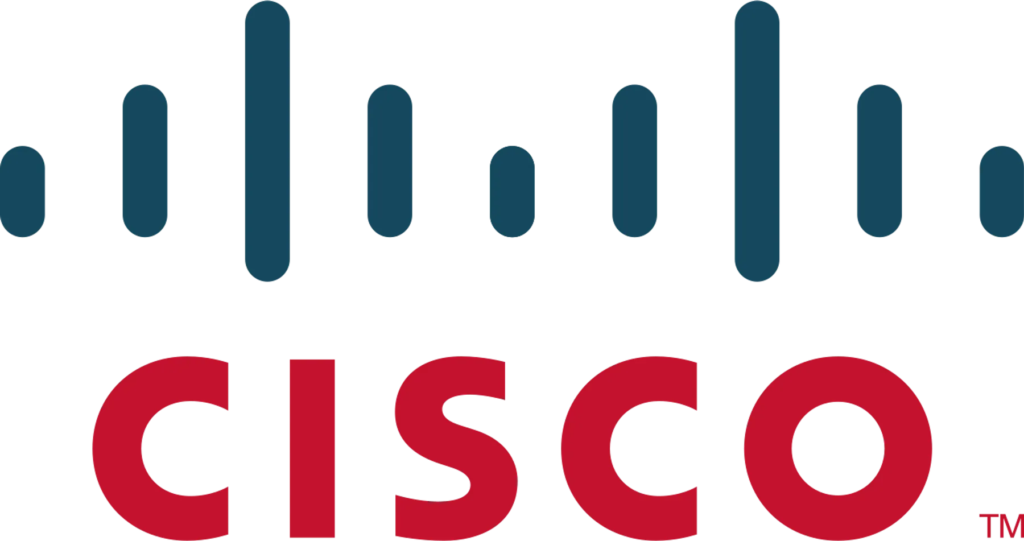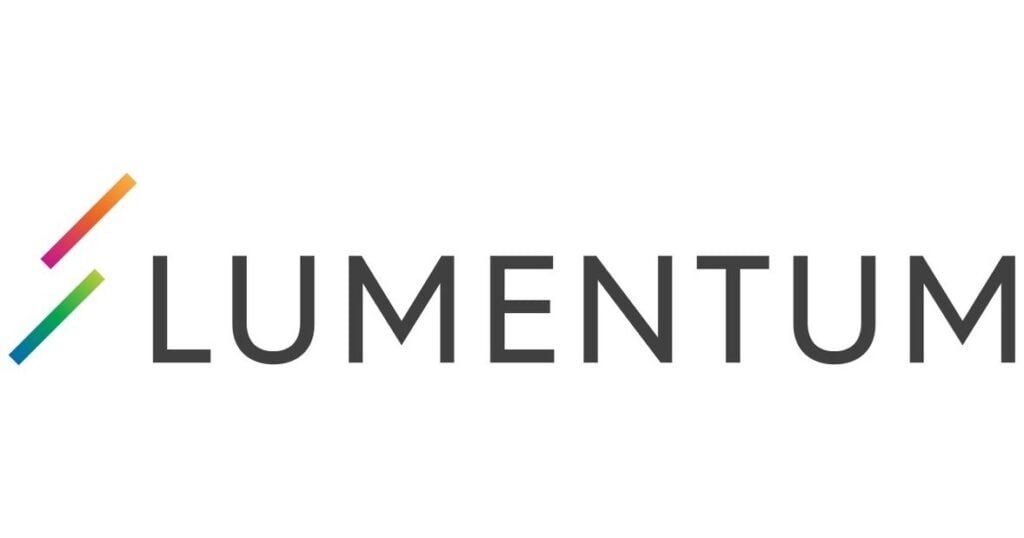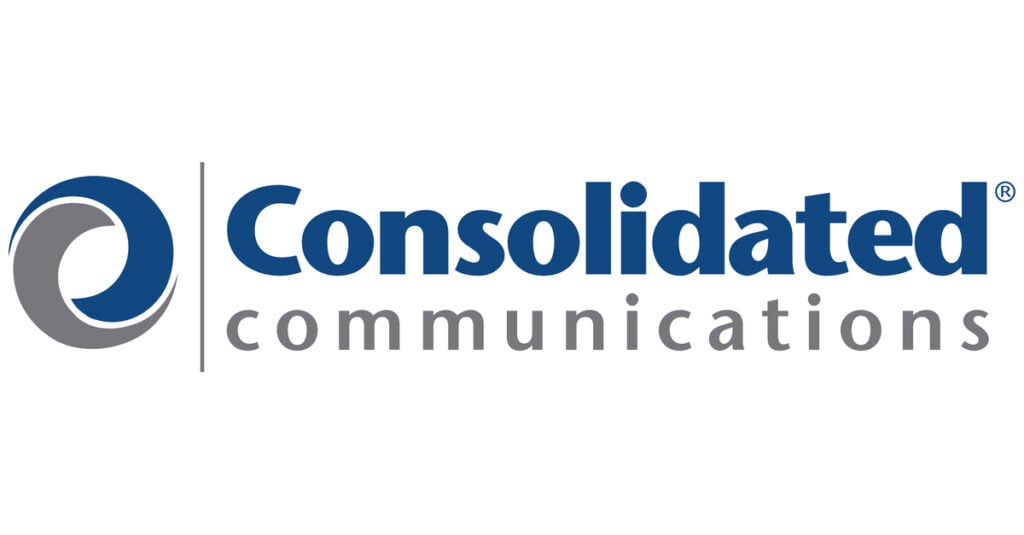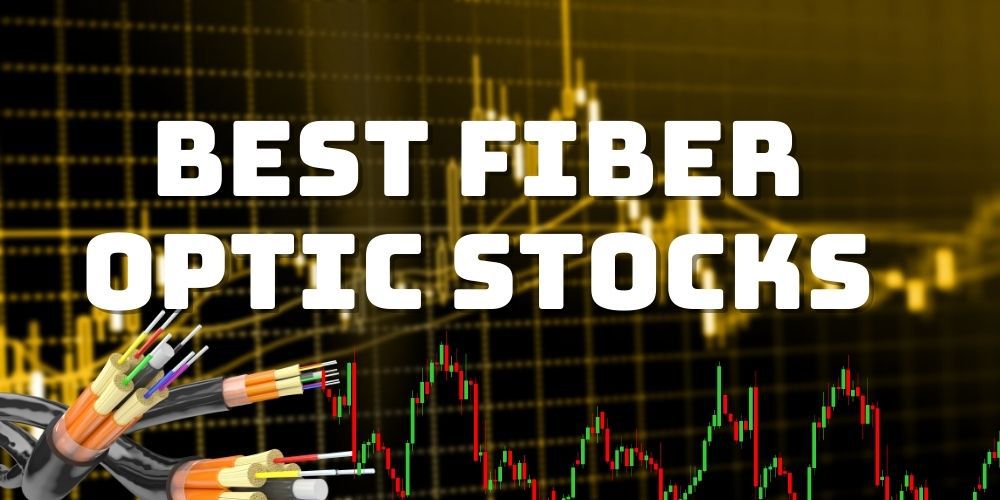Fiber optic technology uses thin, flexible optical fibers of glass or plastic to transmit light signals over long distances, enabling incredibly fast data transfer.
As industries expand digital infrastructure, fiber optics are becoming more critical for supporting higher bandwidths, faster internet speeds, and modern communication systems.
Investors are increasingly looking at fiber optic stocks as they expect long-term potential, with demand on the rise.
This article explores some of the top fiber optic companies to consider, focusing on their growth potential, technological advancements, and market positions within the expanding fiber optics industry.
Best Fiber Optic Stocks of 2024
Cisco Systems, Inc. (NASDAQ: CSCO)
Cisco Systems, Inc., is a global leader in networking and IT infrastructure, widely recognized for shaping the future of the internet and communication technologies.
The company offers a wide range of products, including networking hardware, software, and telecommunications equipment.
Cisco’s acquisition of companies like Acacia Communications has strengthened its presence in the fiber optics sector, particularly in high-speed optical interconnect technologies.
With a focus on transitioning to more software-driven models, particularly subscription-based services, Cisco aims to maintain robust revenue streams and profitability.
Additionally, the company offers dividends, making it attractive to patient investors seeking income alongside growth potential.
Cisco is well-positioned to capitalize on the continued demand for faster and more efficient networking technologies as industries worldwide increasingly rely on digital infrastructure.

Ciena Corporation (NYSE: CIEN)
Ciena Corp is a leader in optical networking, providing software, services, and hardware that enable high-speed data transmission through fiber optic technology.
The company has a strong reputation for helping telecom operators, enterprises, and cloud service providers meet increasing demand for bandwidth, making its products and solutions highly relevant in the current digital landscape.
Ciena has established partnerships with major technology players like Samsung Electronics, particularly in the development of 5G and adaptive networking solutions.
The company is also deeply involved in supporting data center infrastructure for large clients like Amazon and Meta, positioning it as a key player in the data transmission and fiber optic industries.
For investors, this stock offers a buying opportunity for traders to benefit from the growing demand for high-bandwidth solutions, especially with the global expansion of 5G networks and cloud services.
Its consistent partnerships, customer base growth, and adaptability make it a stock to consider for those looking at long-haul investment strategies within the optical fibers market.

Broadcom Inc. (NASDAQ: AVGO)
Founded in 1961 and headquartered in San Jose, California, Broadcom Inc. is a global leader in designing and manufacturing semiconductors and digital infrastructure.
The company’s focus extends across various sectors, including fiber optic components used in telecommunications, data centers, and cloud computing.
Broadcom’s acquisition strategy has helped it build a diverse product lineup, making it a key player in both the hardware and software aspects of fiber optic technology.
With its Optical Systems Division, Broadcom offers solutions for high-speed data transmission, including single and multimode fiber systems.
Its global collaborations, such as those with Tencent Holdings, focus on enhancing cloud infrastructure with high-capacity network switches.
Broadcom’s consistent revenue and expansive market presence make it an attractive option for investors looking at long-term plays in the fiber optic space.
The company also has a robust dividend policy, appealing to income-focused investors.
Its strong position in the market and innovation in fiber optics further solidify its role as a leader in the technology industry.

Lumentum Holdings Inc. (NASDAQ: LITE)
Founded in 2015 as a spinoff from JDS Uniphase Corporation, Lumentum Holdings provides innovative optical and photonic products, catering to a variety of sectors including telecom, datacom, and industrial laser markets.
Based in San Jose, California, the company plays a crucial role in enabling the high-speed transmission of data over fiber optic networks, making it essential for industries transitioning to 5G, cloud computing, and high-bandwidth communications.
Lumentum’s offerings include lasers, transceivers, and photonic solutions, which are used in both traditional and next-generation networking.
The company has a history of strategic acquisitions, which have expanded its product capabilities and strengthened its global market presence.
Lumentum’s ability to innovate within fiber optics positions it well to meet growing demand for faster internet speeds and improved network efficiency.
Investors may find its combination of cutting-edge technology and market expansion expectations appealing for long-term growth opportunities.

Clearfield, Inc. (NASDAQ: CLFD)
Clearfield, Inc., founded in 2008 and headquartered in Minneapolis, Minnesota, specializes in providing fiber optic management solutions.
The company focuses on simplifying the deployment of fiber networks with its customizable “Fiber to Anywhere” products, catering particularly to rural broadband expansion, community networks, and telecom companies.
Clearfield’s portfolio includes cabinets, connectors, and management solutions designed to facilitate rapid fiber installations.
With a focus on community broadband, Clearfield has seen rising demand for its fiber management solutions, particularly as governments and private sectors invest in expanding broadband access in underserved regions.
In 2022, Clearfield expanded its footprint through the acquisition of Nestor Cables, a Finnish manufacturer, enhancing its ability to supply high-quality fiber optic products globally.
This positions the company as a strong player in the fiber optic sector, particularly as the demand for high-speed internet and data transmission continues to grow.
Clearfield’s steady progress, combined with its targeted market strategy, offers ongoing potential for traders interested in fiber optic infrastructure.

Best Fiber Optic Penny Stocks
Consolidated Communications Holdings, Inc. (NASDAQ: CNSL)
Consolidated Communications Holdings, Inc., founded in 1894, is a telecommunications company that provides a variety of services, including high-speed internet, data networking, and cloud solutions.
Based in Illinois, it has a strong presence in rural and urban markets across 23 states.
With an emphasis on expanding fiber infrastructure, Consolidated Communications aims to support faster broadband speeds and greater connectivity for businesses and households.
The company has been investing heavily in fiber optic networks, positioning itself as a competitive player in the telecommunications space as demand for reliable internet continues to rise.
Through partnerships and strategic initiatives, Consolidated Communications is advancing its network expansion to offer higher bandwidth and improve internet access in underserved areas.
The company also provides wholesale fiber services, which further contribute to its growing portfolio. This expansion could drive growth in the long run.

CommScope Holding Company, Inc. (NASDAQ: COMM)
CommScope Holding Company, headquartered in Hickory, North Carolina, specializes in creating infrastructure solutions for communication networks, including fiber optic systems.
Founded in 1976, CommScope is known for its innovations in wired and wireless networks, making it a key player in the telecommunications industry.
The company’s products include fiber optic cables, connectors, and wireless network solutions that enable faster data transmission and improved network capacity.
CommScope has been an integral part of the industry’s shift toward 5G, providing solutions that support the convergence of wireless and wired networks.
Its ability to innovate in this space means expected future growth as telecom operators and internet service providers continue to expand their infrastructure to meet customers’ growing demand for data services.
CommScope’s commitment to improving network efficiency and response time has made it a go-to partner for cable operators and mobile networks, further enhancing its competitive edge.

Are Fiber Optic Stocks a Good Investment?
Fiber optic stocks could be promising investments due to their central role in supporting the rapid expansion of data and internet services.
As digital infrastructure grows, fiber optics are becoming essential to delivering higher bandwidths and faster internet speeds to businesses, homes, and governments.
This section explores the factors influencing fiber optic stocks and helps you assess whether they fit your investment strategy.
Pros of Investing in Fiber Optic Stocks
Technological Growth
Fiber optics are key to advancing internet technology, making them highly relevant in industries ranging from telecommunications to healthcare.
As demand for faster, more reliable connections increases, fiber optic technology continues to replace outdated copper wiring.
Companies in this niche benefit from the need for higher-speed data transmission, supporting long-term gain potential.
Widespread Applications
Fiber optics are used in a variety of applications beyond telecommunications, such as medical imaging, defense systems, and networking for large data centers.
The global expansion of fiber networks will likely fuel sustained demand across multiple industries, creating opportunities for companies at various stages of the supply chain—from manufacturers of cables to providers of network infrastructure.
Rising Demand for Internet Services
The COVID-19 pandemic highlighted the importance of reliable internet, especially as remote work and virtual communication became more common.
Governments and private companies are investing heavily in upgrading digital infrastructure, contributing to increased demand for fiber optics.
Fiber optic stocks may capitalize on this growing trend, particularly in sectors that prioritize seamless connectivity.
Long-Term Investment Potential
Fiber optic technology is the backbone of the internet’s future, with its superior speed, durability, and reliability compared to copper cables.
As the global market for fiber optics is expected to grow, fiber optic companies could offer strong returns to investors over time.
Cons of Investing in Fiber Optic Stocks
Capital-Intensive Industry
One downside of investing in fiber optic stocks is the capital-intensive nature of the industry.
Companies must spend large amounts on research, development, and infrastructure to stay competitive.
This could result in lower profit margins, especially for smaller players in the industry, which makes them vulnerable to market volatility.
Market Saturation Risks
While the market for fiber optics is growing, the increasing number of players can lead to market saturation in some regions.
Over-competition could drive down the price and profitability for fiber optic companies, particularly in areas where demand has been met, potentially limiting expansion in certain regions.
Dependence on Technological Evolution
Fiber optic technology, while advanced, faces competition from emerging technologies like 5G and wireless communication methods.
Innovations in wireless networking could shift focus away from fiber optics, posing a risk for long-term trading.
Additionally, fiber optic companies must continue innovating to stay relevant, which adds uncertainty.
Economic Sensitivity
Fiber optic companies, like other tech sectors, are sensitive to broader economic fluctuations.
During periods of economic downturn, businesses may reduce spending on large-scale fiber optic projects, which could result in low earnings and slow growth for these companies.
Key Factors to Consider Before Investing in Fiber Optic Stocks
-
Revenue Growth – When evaluating fiber optics stocks, consider companies’ revenue. Find companies with consistent revenue and stock price gains. This often signals a solid demand for their products and services. Look for companies with a track record of expanding into new markets or partnering with major industries like telecommunications and data centers.
-
Innovation and Product Portfolio – Companies that regularly innovate and adapt to new technologies stand a better chance of succeeding in the long run. Examine the company’s portfolio of products and services, focusing on those that are involved in new developments like 5G infrastructure, cloud computing, or artificial intelligence-driven networks.
-
Financial Health – A company’s financial stability is crucial when trading in any sector. Pay attention to fiber optic companies’ cash flow, debt levels, and operating margin. Companies with strong financial fundamentals are better positioned to weather economic downturns and capitalize on future growth opportunities.
-
Long-Term Market Trends – Fiber optics stocks are tied to the steady expansion of internet services over time, cloud computing, and data transmission. Understanding the broader market trends driving this demand will help you identify companies that can maintain competitive advantages over time. Factors like 5G rollout, smart city development, and the expansion of global data centers are key drivers to watch.
Risks and Strategies for Fiber Optic Stock Investment
Mitigating Market Volatility
Investing in fiber optics stocks carries the same risks as any technology-related industry.
Due to market volatility, you may experience fluctuations in share price.
A well-diversified portfolio focusing on fiber optic companies with strong balance sheets can help mitigate these risks.
Focus on Leading Players
Investing in established companies with a proven track record in fiber optics, such as those involved in large infrastructure projects or government contracts, could be a safer bet.
These companies often have the resources to stay ahead of technological developments and may offer better returns over time.
ETF Investment Options
For stock traders who want exposure to fiber optic companies without the risks associated with individual stocks, exchange-traded funds (ETFs) that focus on telecommunications and technology sectors may be an option.
These funds offer diversification across multiple companies, reducing exposure to individual stock volatility.
FAQs
What Company Owns the Most Optical Fibers in the US?
AT&T holds the largest fiber optic network in the United States, enabling broad fiber broadband coverage across key regions.
Who Is the Father of the Fiber Optic Cable?
Charles Kuen Kao is recognized as the father of fiber optic cable, thanks to his groundbreaking research on using glass fibers for communications.
What Is the Future Outlook for the Fiber Optic Industry?
The future outlook for fiber optic stocks is generally positive due to the increasing demand for faster internet and reliable data transmission.
As digital transformation continues, this industry will play an essential role, making these stocks promising for upward price movements.
How Do Fiber Optic Companies Create Value for Investors?
Fiber optic companies create value through technological innovations, expanding infrastructure, and strategic partnerships in high-demand sectors.
Long-term revenue growth from global internet expansion helps support stock value and potential future returns.
Conclusion: Is Investing in Fiber Optic Stocks Worth It?
Fiber optics stocks present a compelling opportunity, particularly for long-term investors looking to tap into the future of internet and data technology.
While there are risks, such as competition from other technologies and the high cost of infrastructure, the potential for growth remains significant.
With fiber optics poised to play a key role in sectors like telecommunications, healthcare, and cloud computing, investors who do their due diligence and consider the broader market trends could find promising opportunities in this sector.


 Tags:
Tags:










